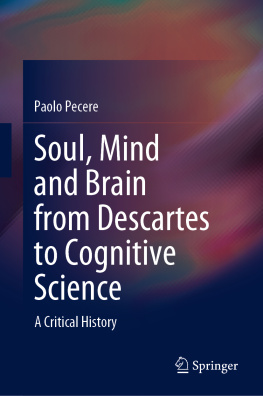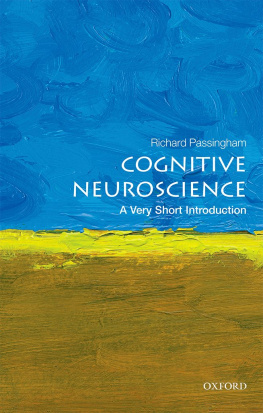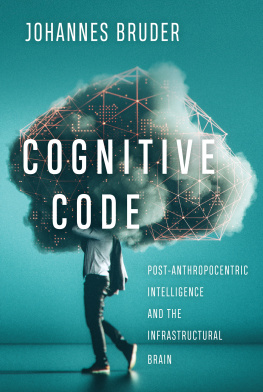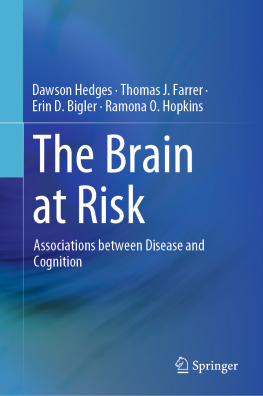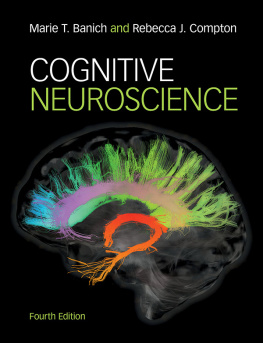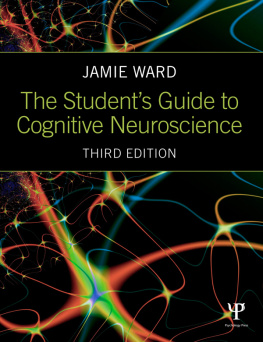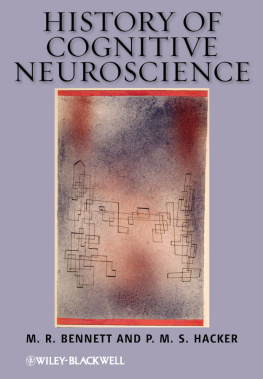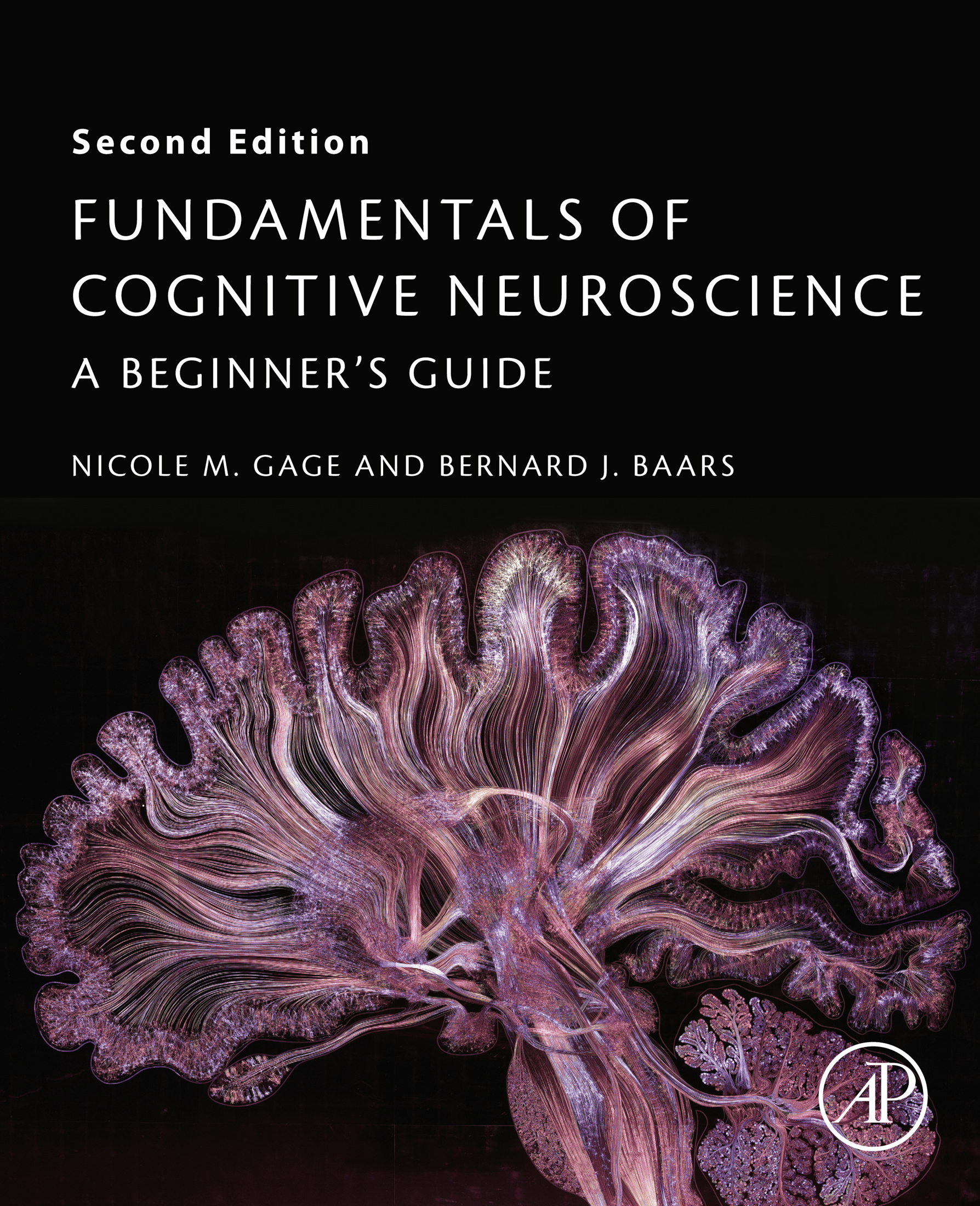Table of Contents
List of Figures
- Figures in Chapter 1
- Figures in Chapter 2
- Figures in Chapter 3
- Figures in Chapter 4
- Figures in Chapter 5
- Figures in Chapter 6
- Figures in Chapter 7
- Figures in Chapter 8
- Figures in Chapter 9
- Figures in Chapter 10
- Figures in Chapter 11
- Figures in Chapter 12
- Figures in Chapter 13
- Figures in Chapter 14
List of Tables
- Tables in Chapter 8
- Tables in Chapter 9
- Tables in Chapter 10
- Tables in Chapter 11
- Tables in Chapter 12
- Tables in Chapter 13
Landmarks
Fundamentals of Cognitive Neuroscience
A Beginner's Guide
Second Edition
Nicole M. Gage
Bernard J. Baars
Table of Contents
Copyright
Academic Press is an imprint of Elsevier
125 London Wall, London EC2Y 5AS, United Kingdom
525 B Street, Suite 1800, San Diego, CA 92101-4495, United States
50 Hampshire Street, 5th Floor, Cambridge, MA 02139, United States
The Boulevard, Langford Lane, Kidlington, Oxford OX5 1GB, United Kingdom
Copyright 2018 Elsevier Inc. All rights reserved.
No part of this publication may be reproduced or transmitted in any form or by any means, electronic or mechanical, including photocopying, recording, or any information storage and retrieval system, without permission in writing from the publisher. Details on how to seek permission, further information about the Publishers permissions policies and our arrangements with organizations such as the Copyright Clearance Center and the Copyright Licensing Agency, can be found at our website: www.elsevier.com/permissions.
This book and the individual contributions contained in it are protected under copyright by the Publisher (other than as may be noted herein).
Notices
Knowledge and best practice in this field are constantly changing. As new research and experience broaden our understanding, changes in research methods, professional practices, or medical treatment may become necessary.
Practitioners and researchers must always rely on their own experience and knowledge in evaluating and using any information, methods, compounds, or experiments described herein. In using such information or methods they should be mindful of their own safety and the safety of others, including parties for whom they have a professional responsibility.
To the fullest extent of the law, neither the Publisher nor the authors, contributors, or editors, assume any liability for any injury and/or damage to persons or property as a matter of products liability, negligence or otherwise, or from any use or operation of any methods, products, instructions, or ideas contained in the material herein.
Library of Congress Cataloging-in-Publication Data
A catalog record for this book is available from the Library of Congress
British Library Cataloguing-in-Publication Data
A catalogue record for this book is available from the British Library
ISBN: 978-0-12-803813-0
For information on all Academic Press publications visit our website at https://www.elsevier.com/books-and-journals

Publisher: Nikki Levy
Acquisition Editor: Joslyn Chaiprasert-Paguio
Editorial Project Manager: Timothy Bennett
Production Project Manager: Anusha Sambamoorthy
Designer: Victoria Pearson
Typeset by TNQ Books and Journals
Preface
We invite you to join us in exploring the mind and brain in the second edition of Fundamentals of Cognitive Neuroscience: A Beginner's Guide . What brain processes are at work as we watch a beautiful sunset, listen to a favorite song, or remember the face and name of a new friend? In this edition, we explore the internal universe of the human brain. We look at the structures and functions of the brain to investigate which brain structures are at work as we form our perceptions, make and retrieve memories, and develop our social selves.
Woven through these experiences are the conscious and unconscious threads of our mind as we learn, experience, explore, and make our way through our daily lives. Join us as we see how brain imaging techniques are revolutionizing the way we can see into the human brain to unlock the mysteries of how the human mind works.
Our second edition text takes a unique thematic approach, guiding students along a clear path to understand the latest findings whether or not they have a background in neuroscience. It includes case studies and everyday examples designed to help students understand the more challenging aspects of the material.
New chapters in this second edition include a chapter exploring the brain bases of sleep, dreaming, and levels of consciousness from full wakefulness to deep sleep to coma. The neural bases of sleep disorders such as insomnia, sleepwalking, and narcolepsy are provided along with scientific and practical ideas about human sleepwhere we spend a full third of our lives.
Another new chapter, Disorders of Consciousness, explores the mystery of what happens following brain damage that produces long-term unconsciousness and vegetative states. We provide a discussion of end-of-life decisions and how brain imaging techniques are providing new ways to investigate brain function in an otherwise nonresponsive individual.
A third new chapter, Feelings, explores the complex ballet of neuromodulators dancing through the brain, arousing us, helping us calm down, and enabling us to understand the emotional cues of those around us. We end the chapter with a discussion of mood disorders, ranging from depression to posttraumatic stress disorder to bipolar disorder.
Key Features of our Second Edition:
- Provides a complete introduction to mind-brain science, written to be highly accessible to undergraduates with limited neuroscience training
- Richly illustrated with carefully selected color graphics to enhance understanding
- Full update of all chapters from the first edition with new scientific findings as well as ongoing mysteries
- New chapters on Sleep and Levels of Consciousness, Disorders of Consciousness, and Feelings
- New text boxes on topics such as
- #YourBrainOnTwitterYour brain on Social Media
- When the War Never EndsPosttraumatic Stress Disorder
- Go ahead and sleep inor why it might be a bad idea to sign up for that 8 a.m. class
- The NFL versus Neuroscience: the CTE Controversy
- Visual Illusions and how they work
- The Neural Language of Music
- Eight Problems for the Mirror Neuron Theory of Action Understanding
- End-of-life decisions in Disorders of Consciousness
- Infantile AmnesiaWhy I cannot remember my first birthday
- The ConnectogramA new way to Visualize the Brain
- And many more
- Enhanced pedagogy highlights key concepts for the student and aids in teachingchapter outlines, study questions, glossary, and image collection are also available on the student's companion website


